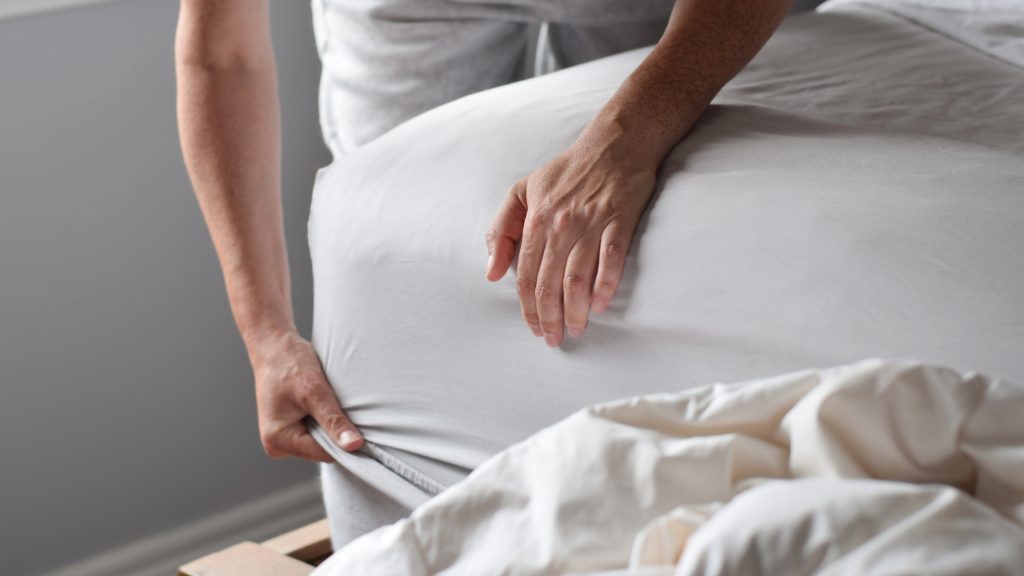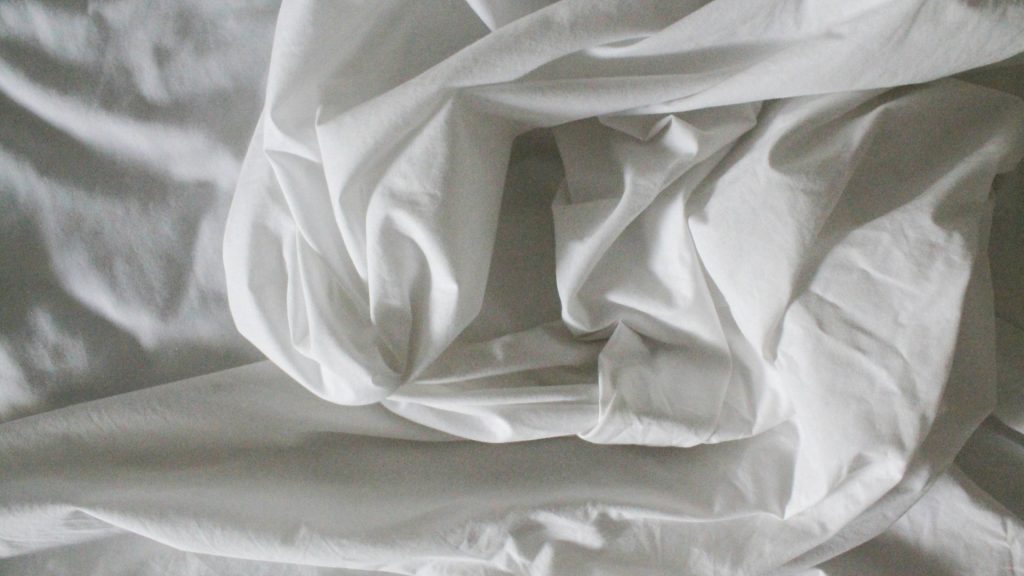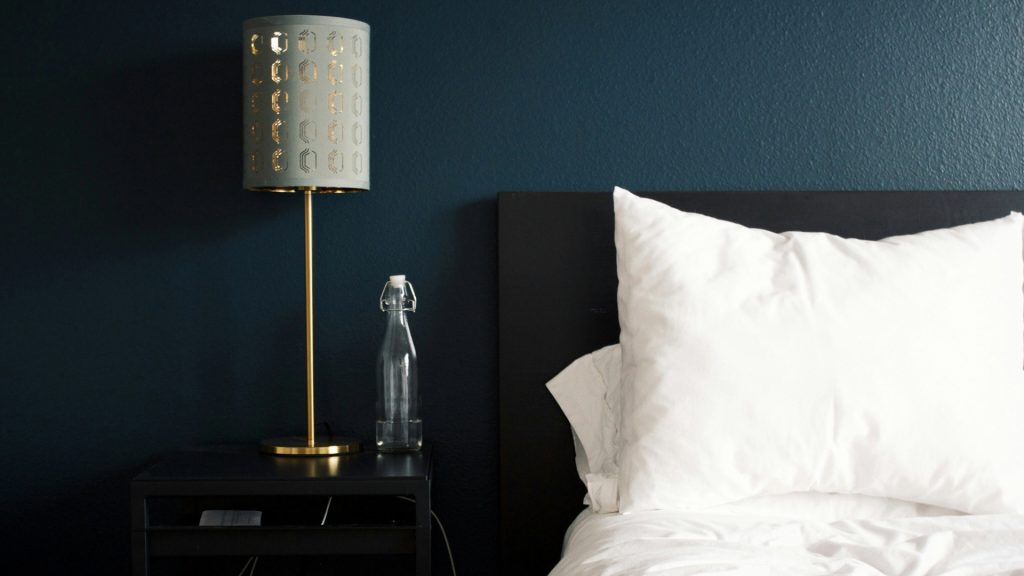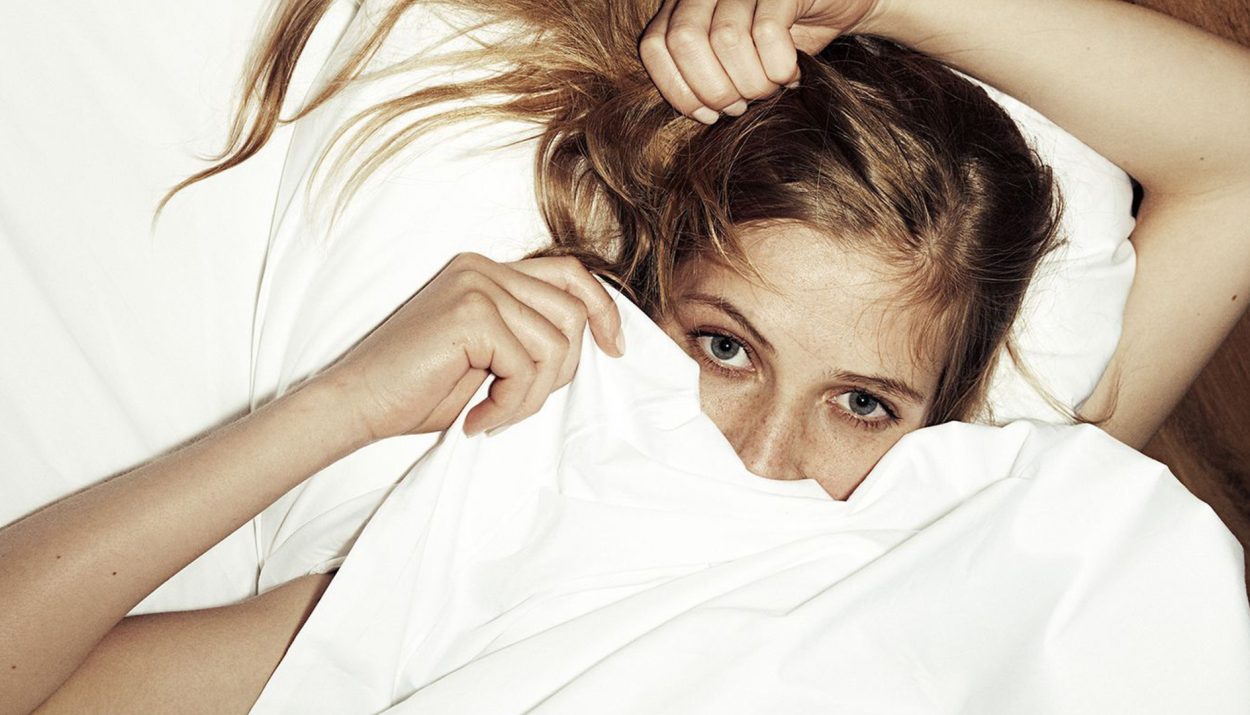In recent years, there has been a growing trend among Millennials to forgo the use of a top sheet when making a bed. Instead, this demographic opts for the simpler and more efficient combination of a fitted sheet and comforter or duvet.
This controversial practice has sparked debate between traditionalists who extol the virtues of the complete four-piece bedding set and a younger generation eschewing what they view as an unnecessary hassle. As the trend gains momentum, lines are being drawn around the seemingly innocuous question: to use or not to use the top sheet?
The Origins of Top Sheets
Top sheets have been used on beds for centuries and were once considered a vital component of proper bedding. According to historians, top sheets date back to medieval Europe, when people slept on straw mattresses.

The sheets were made of linen and used to protect sleepers from the scratchy straw. As mattress materials evolved, the use of top sheets continued. Some experts argue that top sheets serve an important hygienic purpose. Suzanne Pollak, founder of the Charleston Academy of Domestic Pursuits, contends that top sheets prevent bodily filth from soiling bedding.
The Case for Top Sheets: Breathability and Temperature Control
According to some sleep experts, top sheets offer certain advantages for temperature regulation and breathability during sleep. Top sheets are designed to be lightweight, allowing for ventilation and helping the sleeper stay at a comfortable temperature throughout the night.

Suzanne Pollak, founder of the Charleston Academy of Domestic Pursuits, argues that top sheets provide superior temperature control. As Pollak explains, “When it’s very hot outside, sleeping with nothing atop you is not actually the best option. A top sheet traps cooler air in – like an air-conditioner.” Conversely, in extremely cold weather, an additional top sheet helps insulate the sleeper by trapping body heat.
The Case Against: Hassle, Extra Laundry, and Wasted Fabric
The use of top sheets has been a controversial topic, with some arguing against their use. The anti-top sheet proponents cite several disadvantages to using top sheets on beds. Top sheets require additional time and effort to put on the bed, as they must be securely tucked under the mattress.

This process can be tedious and frustrating, especially when remaking the bed. In contrast, duvet covers only need to be laid over the duvet and require minimal tucking in and adjustment. For those with limited time or mobility, top sheets may pose an unnecessary challenge.
Regional Differences in Top Sheet Use
While the use of top sheets remains prevalent in some areas, their popularity appears to be declining in certain regions and demographics. According to some reports, nearly 40% of customers from the bedding company Parachute opt to purchase only a fitted sheet, forgoing the top sheet.

Proponents of top sheet use cite several benefits, including easier temperature regulation, reduced need for laundering blankets and comforters, and personal comfort. Top sheets can provide a lighter covering in warm weather while still allowing for extra warmth from blankets when needed in cooler weather.
Alternatives to Traditional Top Sheets
For those seeking simplicity and ease of use, a fitted sheet alone may suffice. Without a top sheet, making the bed requires minimal effort – a quick straightening and smoothing of the fitted sheet and pillows. This streamlined bedding appeals to individuals with busy schedules who still value tidiness.

During warmer months, a fitted sheet alone allows for temperature regulation and breathability. The top sheet can trap body heat, making it difficult to sleep. Using just a fitted cotton sheet permits air flow and cooling. Percale or sateen cotton fitted sheets are ideal for this purpose, as they are lightweight, breathable fabrics.
Top Sheet Materials: Cotton, Linen, Polyester, Microfiber
Cotton top sheets are a popular choice due to cotton being a natural, breathable fiber. The two most common types are percale and sateen cotton. Percale cotton has a crisp, lightweight feel suitable for warmer weather, while sateen cotton has a silkier, heavier feel ideal for cooler weather.

Linen top sheets are also made of natural fibers, resulting in a highly breathable and temperature-regulating sheet. Linen is very durable and gets softer over time. Polyester and microfiber are synthetic fibers often found in more budget-friendly top sheet options. They are very durable and resistant to stains, fading, and wrinkling.
Thread Count and Weave: What to Look for in a Quality Top Sheet
The quality of a top sheet is primarily determined by two factors: thread count and weave. For thread count, aim for a minimum of 200 to 300 threads per square inch for a top sheet. Percale cotton sheets with a thread count in this range will feel crisp and lightweight.

For an ultra-soft sheet, look for a thread count of 500 threads per square inch or higher in a sateen weave. The weave of the sheet also impacts how it feels. Percale is a simple, tight weave that results in a matte finish and crisp feel. Sateen is a satin weave with a loose, draping quality and subtle sheen. Bamboo sheets typically have a soft, lightweight drape. Flannel sheets are napped for extra coziness.
Caring for Your Top Sheets: Washing
It is recommended that top sheets be washed at least once every two weeks or every 7 to 10 uses. For the best results, top sheets should be washed separately from clothing the first time before being incorporated into a normal wash cycle.

A normal wash cycle using hot or warm water is sufficient for most top sheets. Adding a cup of white vinegar to the rinse cycle can help soften and brighten sheets. Avoid using fabric softener, which can damage fibers over time.
Caring for Your Top Sheet: Drying and Folding Tips
Once washed, top sheets should be machine-dried on high heat to maximize softness. It is best to avoid over-drying top sheets, so checking on them during the drying process is important. Over-drying can cause damage to fibers and decrease the lifespan of the sheets. For the most part, a normal dryer cycle will sufficiently dry a top sheet.

After drying, the top sheets should be folded neatly and stored properly. The simplest way to fold a top sheet is in half or thirds lengthwise with the pattern facing inward, then in half or thirds widthwise. Store folded top sheets on a shelf, in a cabinet, or in a linen closet.
Top Sheet or No Top Sheet?
The debate around this controversial bedding choice will undoubtedly continue, but the minimalist appeal remains strong, especially for busy millennials. Ultimately, personal preference rules the day when it comes to making one’s bed.

Leaving the top sheet behind brings no hygiene issues so long as the bedding is washed regularly. The choice comes down to a desire for efficiency or dedication to technique. Those valuing ease can confidently embrace going top-sheet-less with no judgment from those keeping to old-fashioned ways.






